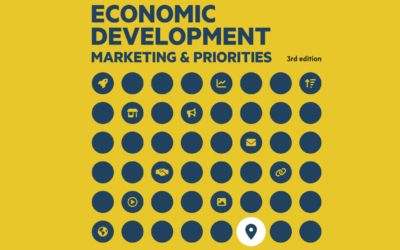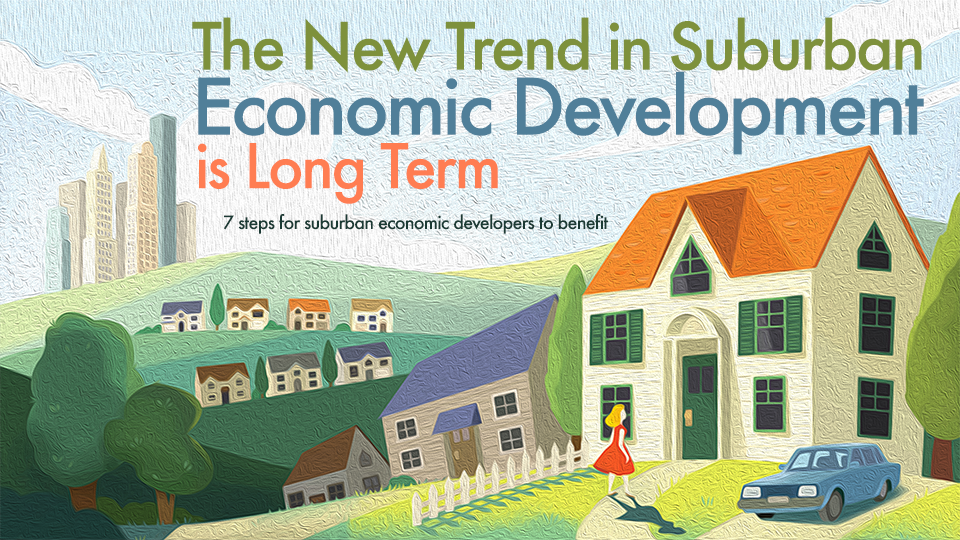
A new crop of customers who previously commuted to the city but now work from home is growing existing suburban companies and producing new business openings. This is a long-term trend that economic developer can engage to maximize job creation and local economy benefits.
Crisis creates opportunities that produce winners and losers. The geographic movement for millions of people (especially higher-salaried knowledge workers) living in the USA has been waking up in the suburbs, commuting into work in the center city or downtown, spending about half of their waking-hours in the city, and then returning home at night. Urban centers were the place people worked, went out for lunch, shopped for certain items, and where colleagues/friends would get together for happy hour before returning home. But COVID has changed this dynamic in a way that is not a trend, but a transition into a new and long-term behavior of activities permanently moving to where people live in the suburbs.
Although people are working from home, they still need products, services, and food. The difference is that now they need more of these products and services closer to where they live and less in the center city where they used to shop and eat. The pre-COVID market capacity was based on commuting workers only shopping and eating in these suburban locations a very limited amount of time 5 weekdays and then a solid 2 weekend days. The supply that matched the pre-COVID market is now woefully undersupplied in the new geographic economy as workers-from-home are now transitioning their shopping and eating that they used to do in the center city to their suburban neighborhoods.[1]
This is not a temporary occurrence and is instead the start of a new long-term normal. The reason for this is that the extended period of work-from-home caused by COVID-19 has proven the viability of remote work, not only as an alternative to the centralized office system, but also a business model that has advantages, efficiencies, and cost savings. For those that were able to produce work at home, this long-term test is likely to result in a permanent hybrid model of some weekdays working in a centralized office and some weekdays working from home to take advantage of each geographic type of work.
What this will mean for suburbs:
- More total shopping supply is needed.
- Office supply stores expand to become home office supply stores.
- Empty suburban restaurants during lunch won’t be empty.
- Happy hour after work is for meeting up with friends, not extending time with colleagues.
- Third Places become more important and economically viable with increased demand.
- Suburbs benefit from the capacity to offer more space.
There are strategic actions that suburban community economic developers can do to maximize economic development benefits from this trend by acting now and before their competition reacts:
1. Help enable the surge in entrepreneurship.
A gap in suburban supply will result in the market adjusting through the opening of new businesses. Current data shows that the United States is currently experiencing the biggest entrepreneurial boom most economic developer may ever see in their professional careers. Suburbs may get an even higher proportional share of new business starts. As such, economic development organizations that want to ride this massive wave of entrepreneurial activity must provide the types of assistance aspiring entrepreneurs need to open and sustain new businesses.
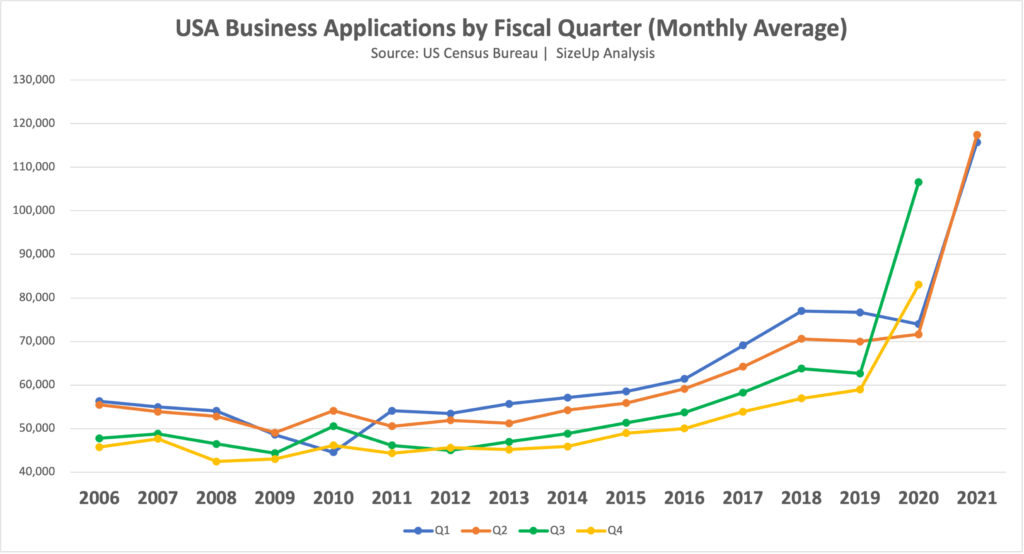
A common problem that aspiring entrepreneurs have is that the owner may be an expert in providing a product or service but is not knowledgeable about starting or operating a company. EDOs can help with this by providing entrepreneurs with industry-specific market research that is geographically relevant that can be used to put together a business plan and validate or reject assumptions about the viability of the business by proving on. EDOs from all over the country have discovered and implemented this technology program recently as an efficient way to scale on-demand online services to all their local entrepreneurs and businesses.
Another type of assistance that entrepreneurs need is educational preparation as a means to reduce the new business failure rate. This can come by connecting them into traditional small business education programs provided at community colleges and through Small Business Development Centers and SCORE. In addition, to meet the needs of aspiring entrepreneurs that may be exceedingly time-constrained or who may be transitioning from another job to start their own company, online education through Massive Open Online Courses (MOOC) provided by edX for from the private-sector company Udemy.`
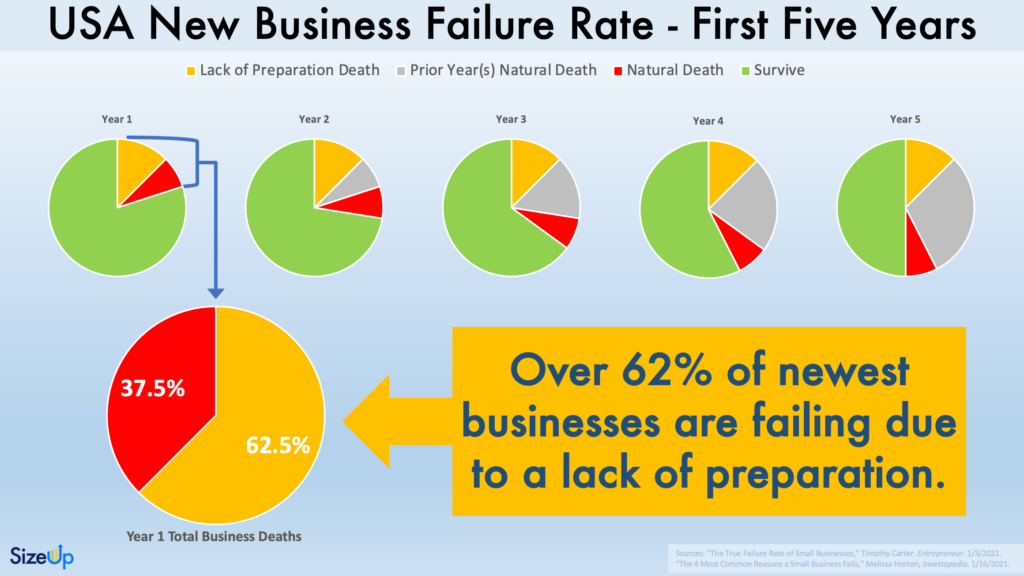
2. Help enable the growth of existing local businesses.
Local businesses create the highest economic multipliers in a community. Small businesses create almost all net new jobs in the USA. Most job creation in every community comes from local businesses and the businesses in your community already have an advantage because they know the community and are already operational; they just need to expand to meet the new demand.
The sources of assistance for existing businesses are similar to those for entrepreneurs, such as physical locations like SBDCs, SBA offices, community colleges, and online programs like accessing SizeUp on the EDO’s website, edX, and Udemy. However, the way that existing businesses will use these resources may be different, as they are likely to already know how to operate a business. Instead, they will use these programs to assist them with identifying, calculating, and executing a plan to expand to meet the new customer demand. For example, business owners may focus on taking SBDC provided courses related to financing expansion or using SizeUp business intelligence to identify new customer opportunities and to optimize marketing initiatives to grow their company.
3. Invest in suburban design
While “urban design” may be part of the common lexicon in architectural education, quality suburban design and planning is a space of innovation that can be a catalyst for the right environment for suburban economic development.
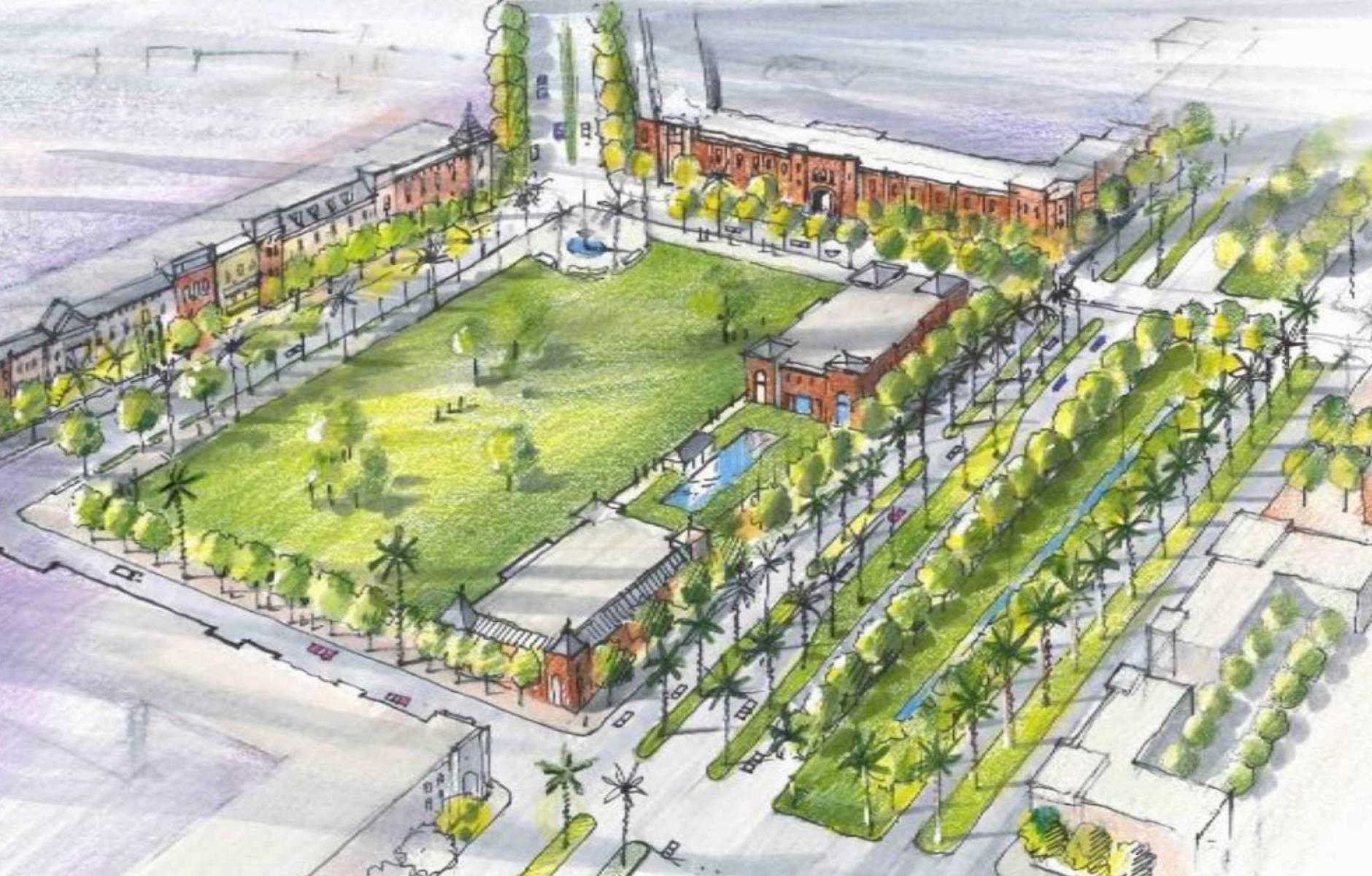
As more worktime will occur in the suburbs the trend toward “third places” will increase in demand as people seek out locations that may be used for work, but which are neither office nor home office. Cafes, bookstores,[2] clubs, and parks will be more vital as place-strategies to increase economic output and making a community a more attractive place to work and do business. Faith-based economic development may expand into new roles as third places for economic activity and incubation. Creating and nurturing the quality of third places will likely span public, private, and non-profit sectors.
While there are physical amenities that draw people to live in the suburbs, there are also urban characteristics of places that former downtown office workers like and will long for, but which may be able to be incorporated into suburban city planning. There are well established economic benefits that come from a density of people and physical environments that can be modeled and translated into suburban environments.
4. Respond when bigger isn’t big enough
Suburbs tend to have bigger yards, more home square footage, and larger bedrooms. But with work-from-home, a two-income couple with two children now needs more than 3 bedrooms. They may need 3 bedrooms plus 2 home offices.

The suburbs are better positioned to provide extra space than center cities, but even the largeness of suburban homes may not be enough space and may therefore require alternative work options for residents including residential expansions, residential space reuse, mixed-use use modifications, and neighborhood micro-offices.
5. Embrace live-work
Urban zoning was the first to embrace live-work lofts as a lifestyle as old warehouses were subdivided into residential and/or work lofts. Where lofts were the addition of living into a work building, the necessity of COVID-inspired work-from-home was the compliment to this with the addition work to the residential building. Both have met the same end (or middle) of live-work real estate.
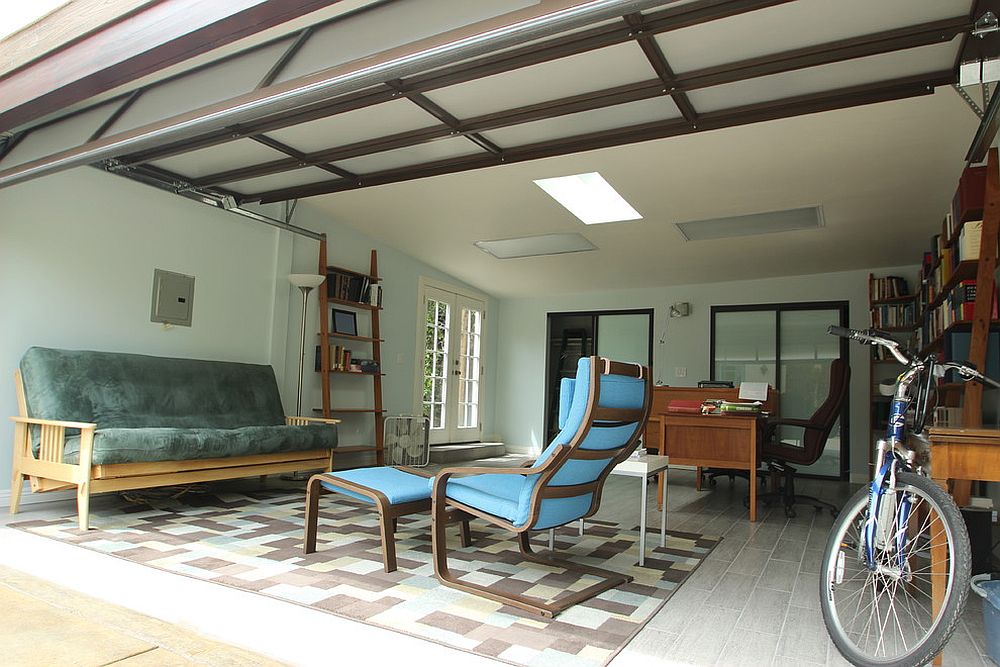
Local governments can lean into live-work by legalizing it through the modification of traditional land use and zoning that prohibited the intersection of work and business, especially in districts zoned for single family homes. While NIMBYs may have not wanted outsiders parking on “their” streets to visit the home offices of local residents, this type of restriction limits economic activity and incubation of home-based or geographically hybrid (office and home) work.[3]
Zoning and building codes may also be redesigned to translate the Silicon Valley model of starting a business in a garage into the legal ability to operate a business in a suburban garage.
6. Facilitate the reuse of vacant real estate
Vacant real estate for business use is incredibly high as a result of COVID-19. Many businesses have permanently closed, and operating businesses have taken action to reduce their real estate footprint by creating permanent policies of work-from-home or hybrid work-from-office-and-home. This is also leading to some types of real estate becoming functionally obsolete as post-COVID real estate needs are different.
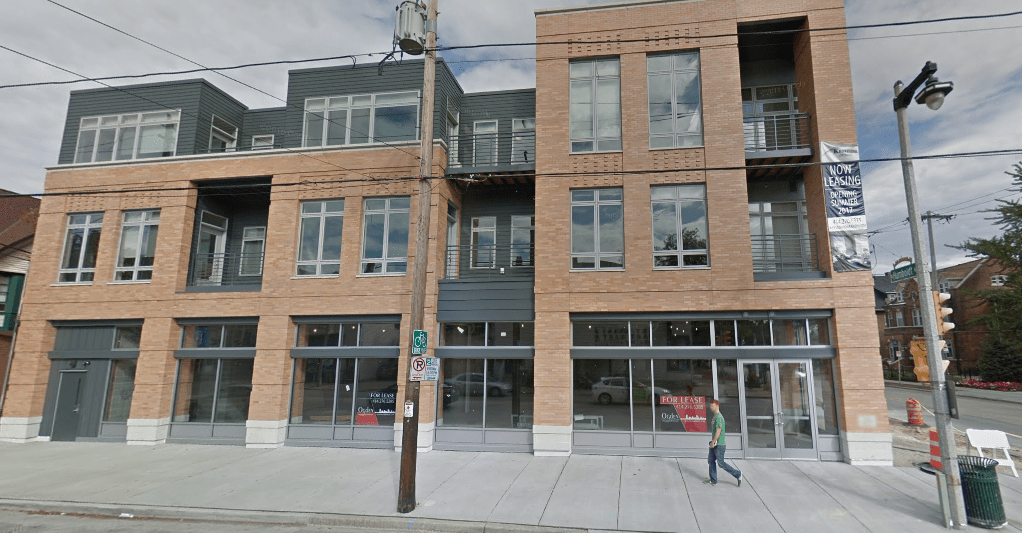
Economic developers and their partners in local government can create new policy that enables the reuse of vacant real estate. As an example, vacant retail spaces below apartment/condominium buildings can be used as co-working or micro-offices that residents of the apartment/condo building can rent for the time they are working from home as an alternative to their workspace being directly within the home.
7. Neighborhood co-working and micro-offices
Like traditional companies, co-working facilities have trended to locate in downtowns, central cities, and commercial districts. As more work occurs in the suburbs with local residents working from home, new models of co-working may emerge as an alternative that is even more local to neighborhoods.
Some suburban residents won’t have room for a home office or will simply want to work outside of the home where they can experience more social interaction from being around other workers or because there is too much social interaction at home and they just need to get away from their spouse/partner/children/roommate.

Current local zoning may not have the flexibility to adapt to new physical business models of work. Economic developers can collaborate with city planners to find places that can be transitioned or created to facilitate the emergence of new types and locations of workspaces which respond to the new needs of remote and hybrid-location workers.
Suburban and Urban Options for Work Reinvention
Center cities and central business districts aren’t dead or on the path to death. Don’t trick yourself. Previous generations of suburban flight didn’t kill urban cities; the current redistribution of people and work won’t either. For every person fleeing major center cities there are young people who can’t wait to take their place because this may be the first time they’ve ever been able to afford to live in the center city.[4] Anyone who thinks that Manhattan, Chicago, Boston, or San Francisco will be undesirable post-COVID is foolish. Perhaps nothing in history is as resilient in as cities. You are better off betting on cities than businesses. Also, center cities will find their own post-COVID competitive advantages which will be new. Cities, whether suburban or urban, that take action now to reposition themselves to take advantage of these new trends before other communities do, (which is especially true for suburban cities that, unlike center cities, tend to have many adjacent suburban city competitors and alternatives), will realize larger economic development gains.
[1] “Why Some Suburban Businesses Are Thriving During the Pandemic” by By Kristen Bayrakdarian and Kevin Armstrong. New York Times. Feb. 1, 2021
[2] Bookstores, especially privately owned local bookstores, have struggled over the last few decades. The first assault came as large, national chains such as Barnes and Noble and Borders took away market share from them. This was followed with Amazon.com further taking away market share from them and putting national bookstore chains out of business. Perhaps the trend toward third places for work, and the need for them in suburbs is the opportunity for small bookstores to make a comeback.
[3] The argument that an individual should control access for their personal needs to a publicly owned good such as a public street is contradictory to the very essence of a public good. Note not necessarily to be used: Suburban residents that complain about other people taking “their” parking on “their” street are probably the same people who are part of the overweight suburban demographic that could use walking a whole block to get to their home to be healthier.
[4] Economic Development Trends 2021, Chris Knight, CCO, Wavteq.



